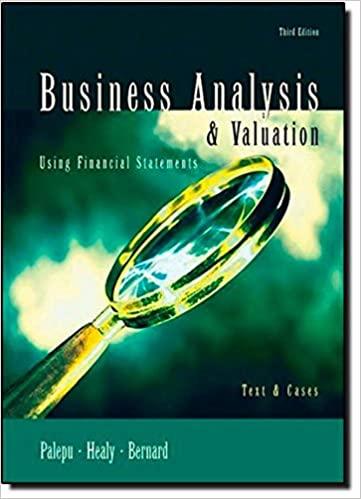Question
Which of the following one-year $ 1000 bank loans offers the lowest effective annual rate? a. A loan with an APR of 5.8 %, compounded
Which of the following one-year $ 1000 bank loans offers the lowest effective annual rate?
a. A loan with an APR of 5.8 %, compounded monthly.
b. A loan with an APR of 5.8 %, compounded annually, that also has a compensating balance requirement of 10.3 % (on which no interest is paid).
c. A loan with an APR of 5.8 %, compounded annually, that has a 1.1 % loan origination fee.
a. A loan with an APR of 5.8 %, compounded monthly.
Since the APR is 5.8 %, the monthly rate is? This translates to an effective annual rate of?
b. A loan with an APR of 5.8 %, compounded annually, that also has a compensating balance requirement of 10.3 % (on which no interest is paid). The compensating balance is? Therefore, the borrower will have use of only ___of the $ 1000. The interest is? The interest rate per period is?
Since this alternative assumes annual compounding, the effective annual rate is
c. A loan with an APR of 5.8 %, compounded annually, that has a 1.1 % loan origination fee? The interest expense is? and the loan origination fee is? The loan origination fee reduces the usable proceeds of the loan to because it is paid at the beginning of the loan. The interest rate per period is? Since the loan is compounded annually in this case, ___is the effective annual rate.
Thus, alternative ___ offers the lowest effective annual cost.
Step by Step Solution
There are 3 Steps involved in it
Step: 1

Get Instant Access to Expert-Tailored Solutions
See step-by-step solutions with expert insights and AI powered tools for academic success
Step: 2

Step: 3

Ace Your Homework with AI
Get the answers you need in no time with our AI-driven, step-by-step assistance
Get Started


